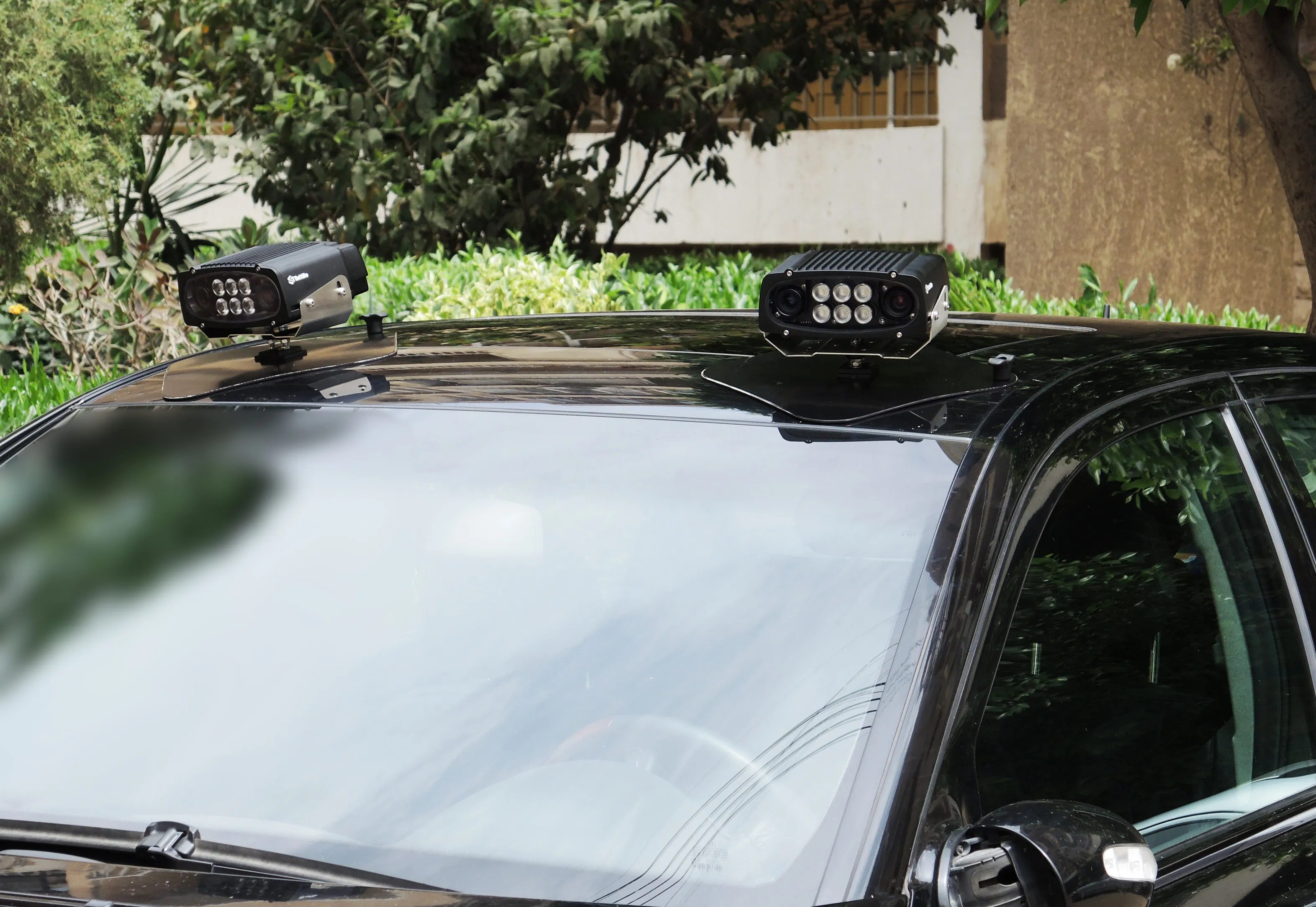New York’s Mayor Michael R. Bloomberg recently announced two pilot programs that will allow motorists to pay for parking remotely and view real-time kerbside parking availability all via an app on their phone or online. In the first pilot, motorists can pay for metered parking via a smartphone app (PayByPhone), the internet or by telephone for 264 spaces along eighteen blocks in the Bronx, as well as at the New York City Department of Transportation’s Belmont municipal parking field. The new technology will
April 25, 2013
Read time: 2 mins
New York’s Mayor Michael R. Bloomberg recently announced two pilot programs that will allow motorists to pay for parking remotely and view real-time kerbside parking availability all via an app on their phone or online.
In the first pilot, motorists can pay for metered parking via a smartphone app (PayByPhone), the internet or by telephone for 264 spaces along eighteen blocks in the Bronx, as well as at the5590 New York City Department of Transportation’s Belmont municipal parking field. The new technology will warn motorists when their time is about to expire via e-mail or text messages, and allow them to pay for additional time easily and quickly, up to the posted time limit.
Xerox, which has already rolled out similar successful parking programs in Indianapolis and Los Angeles, is helping in the second pilot, which involves the analysis of various technologies for parking guidance – sensing and counting the number of occupied spaces in NYC and then using an app to direct drivers to the least congested blocks.
In the first pilot, motorists can pay for metered parking via a smartphone app (PayByPhone), the internet or by telephone for 264 spaces along eighteen blocks in the Bronx, as well as at the
Xerox, which has already rolled out similar successful parking programs in Indianapolis and Los Angeles, is helping in the second pilot, which involves the analysis of various technologies for parking guidance – sensing and counting the number of occupied spaces in NYC and then using an app to direct drivers to the least congested blocks.










